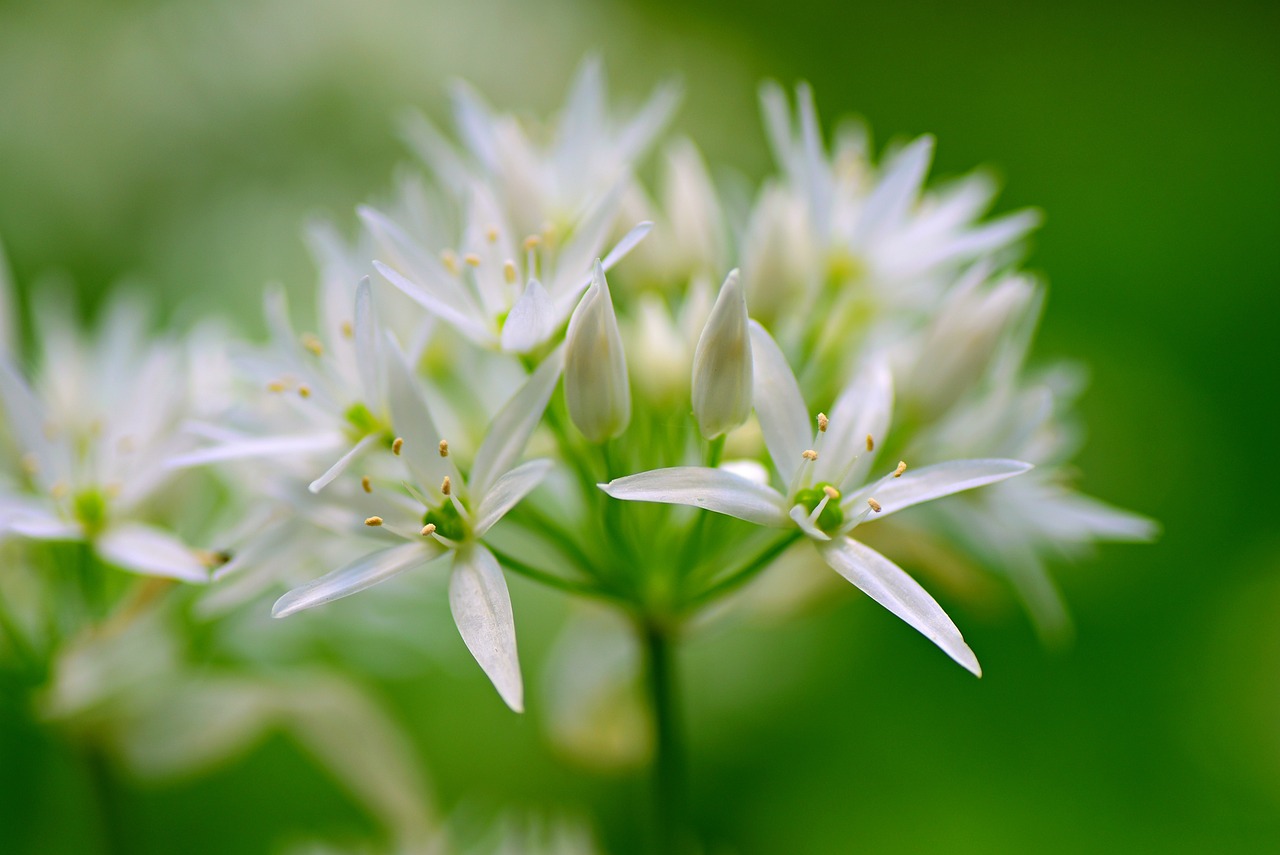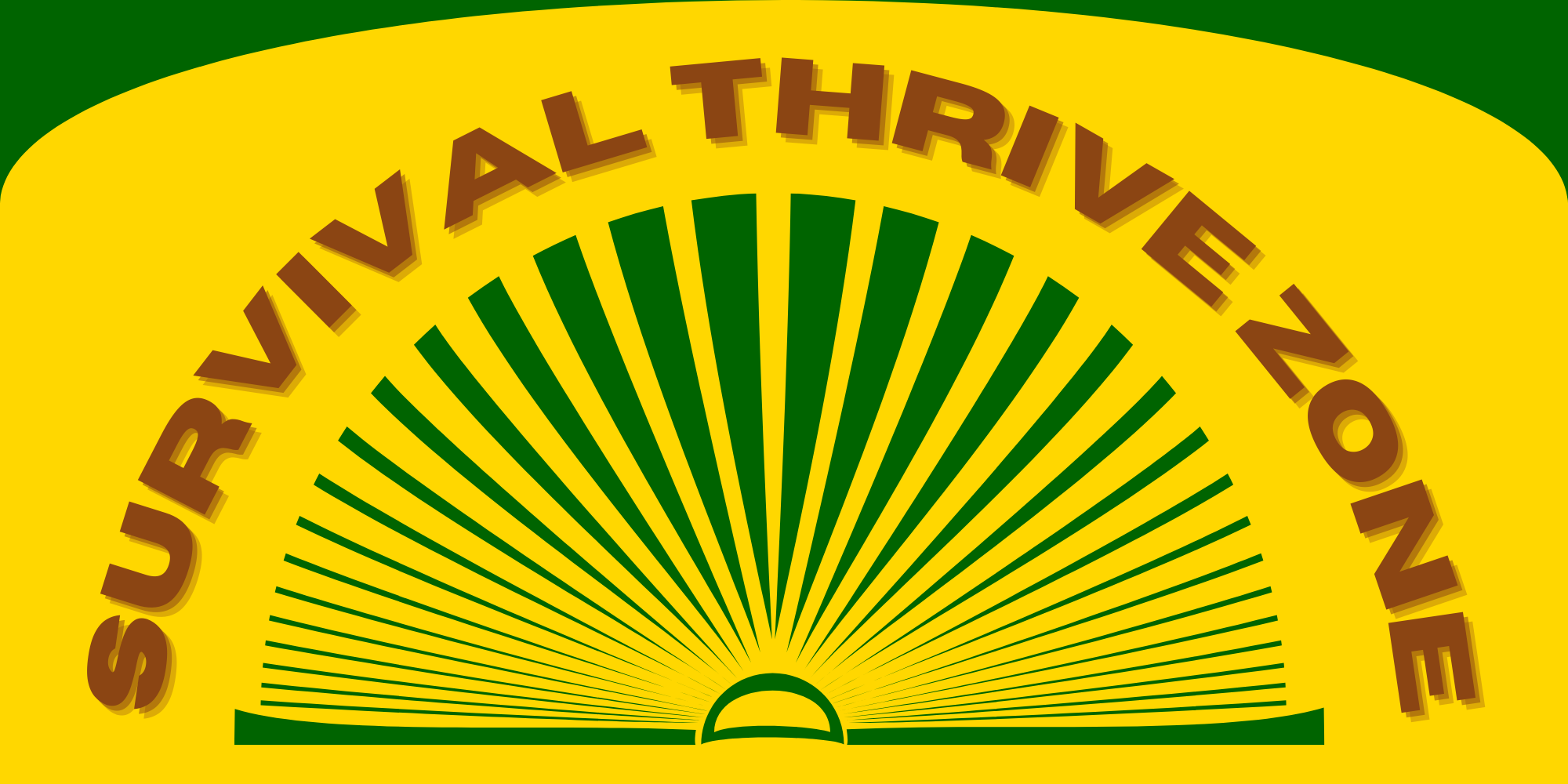Have you ever wandered through the wilderness and wondered if those green leaves and colorful berries could actually be delicious and safe to eat? If so, you're not alone. Foraging for wild edible plants is a time-honored tradition that has sustained humans for millennia. In this beginner's guide, we'll take you on a journey into the fascinating world of wild edibles, providing you with the knowledge and confidence to explore nature's pantry.
The Allure of Wild Edible Plants
Wild edible plants offer a unique connection to the natural world. They provide sustenance, flavor, and nutrition, and they invite us to become intimately acquainted with our environment. Foraging is more than just a survival skill; it's a way to deepen your understanding of the ecosystem around you.
Getting Started: Safety First
Before you embark on your wild edible adventure, it's crucial to learn the basics of foraging safety. Here are a few essential tips to keep in mind:
Identification is Key: Never consume a plant unless you are 100% certain of its identity. Many edible plants have toxic look-alikes.
Start with the Familiar: Begin your foraging journey with plants that are easily recognizable and have no poisonous counterparts.
Location Matters: Be mindful of where you forage. Avoid areas that may be contaminated with pesticides or pollutants.
Leave No Trace: Harvest responsibly, taking only what you need and leaving the ecosystem intact.
Must-Have Tools for Foraging
To get started, you'll need a few basic tools:
Field Guide: Invest in a reliable field guide or foraging app to help with plant identification.
Container: Bring a basket or container to collect your finds.
Gloves: Protect your hands, especially if you encounter thorny plants.
Knife or Scissors: For cleanly and safely harvesting plants.
Common Wild Edibles
As you begin your foraging journey, you'll discover a variety of wild edibles in your area. Some common options include:
Dandelion: The entire plant is edible, from its leaves to its roots. Try dandelion greens in salads or dandelion root tea.
Berries: Depending on your region, you might find blackberries, raspberries, or even elderberries.
Stinging Nettle: This plant can be a bit tricky to handle but is worth it. When cooked, the stinging hairs disappear, leaving behind delicious and nutritious greens.
Wild Garlic: Found in woodlands, its leaves and bulbs add a mild garlic flavor to dishes.

The Joy of Foraging
Foraging isn't just about finding food; it's a sensory experience. The rustle of leaves, the earthy scent of the forest, and the thrill of discovery all contribute to the joy of foraging.
With this beginner's guide to wild edible plants, you're well on your way to exploring the world of foraging. Remember, patience and practice are key. Start with the basics, and over time, you'll develop the skills and knowledge needed to confidently identify and enjoy the delicious bounty that nature provides. So, grab your field guide and basket, and let the adventure begin! And be prepared for when the time comes and it will be needed to survive!
